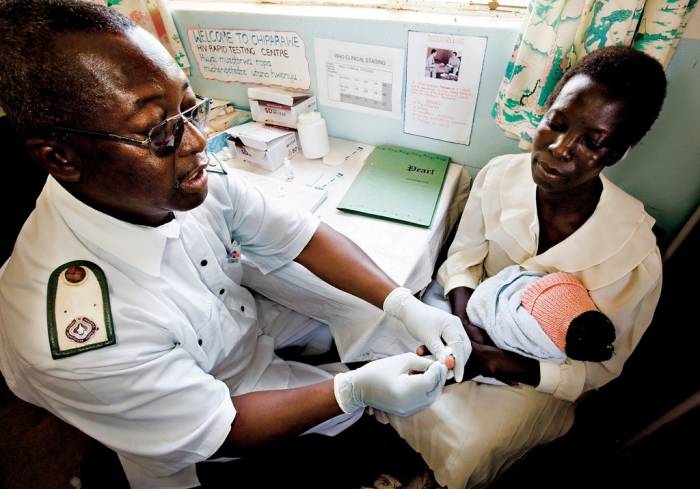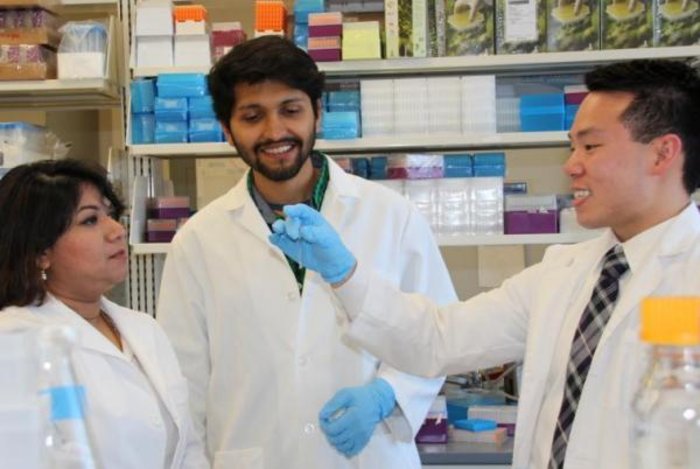
source
In the global fight against the spread of HIV and AIDS, there has been a big push to use protection when engaging in intercourse; the lack protection is one of the main ways the virus spreads. A team of researchers has developed something that could be even more useful in preventing the HIV virus from spreading: a non-latex condom that can kill the deadly virus even if it breaks. This solution offers extra protection and safety.
It has antioxidants that combat the virus
The groundbreaking new invention is made out of an elastic polymer hydrogel – which is water based and is used in objects such as contact lenses. Not only does it protect against STDs and pregnancy, it also prevents from contracting the HIV virus. It contains the plant based antioxidant quercetin that fights the replication of HIV. It is being called a “super condom” and could greatly help in the global fight against HIV/AIDS. Since its outbreak in 1981, the virus has killed 39 million people and currently the epidemic is affecting 35 million people in the world.

{adinserter CNP5}
It could potentially revolutionize HIV prevention
Mahua Choudhury, an assistant professor at the Texas A&M Health Science Center’s Irma Lerma Rangel College of Pharmacy, is leading the team of researchers at Texas A&M University. Choudhury studied molecular biology, biophysics, and genetics in India and received her Ph.D. in the US. In the past, she studied diabetes and the obesity epidemic. Since she is highly qualified and knowledgeable, she was one of 54 to receive the Bill & Melinda Gates Foundation’s “Grand Challenge in Global Health” grant. The initiative this year asked the winners to make an affordable, latex-free condom to help battle the HIV epidemic. Making it affordable was key –
“If you can make it really affordable, and really appealing, it could be a lifesaving thing,” Choudhury said.

Once approved, it could save lives.
“We are not only making a novel material for condoms to prevent the HIV infection, but we are also aiming to eradicate this infection if possible,” Choudhury said. “[This] could help fight against HIV infection and may as well prevent unwanted pregnancy or STDs and If we succeed, it will revolutionize the HIV prevention initiative.”
The product has already been created and the research team hopes they can test it within the next six months. Before it goes onto the market, its patent application needs to be approved. And once it is released, the invention will be made available everywhere – including the rural areas where it is needed the most.

SEE ALSO: 10 Myths About HIV/AIDS. You’ve Really Been Misinformed.







